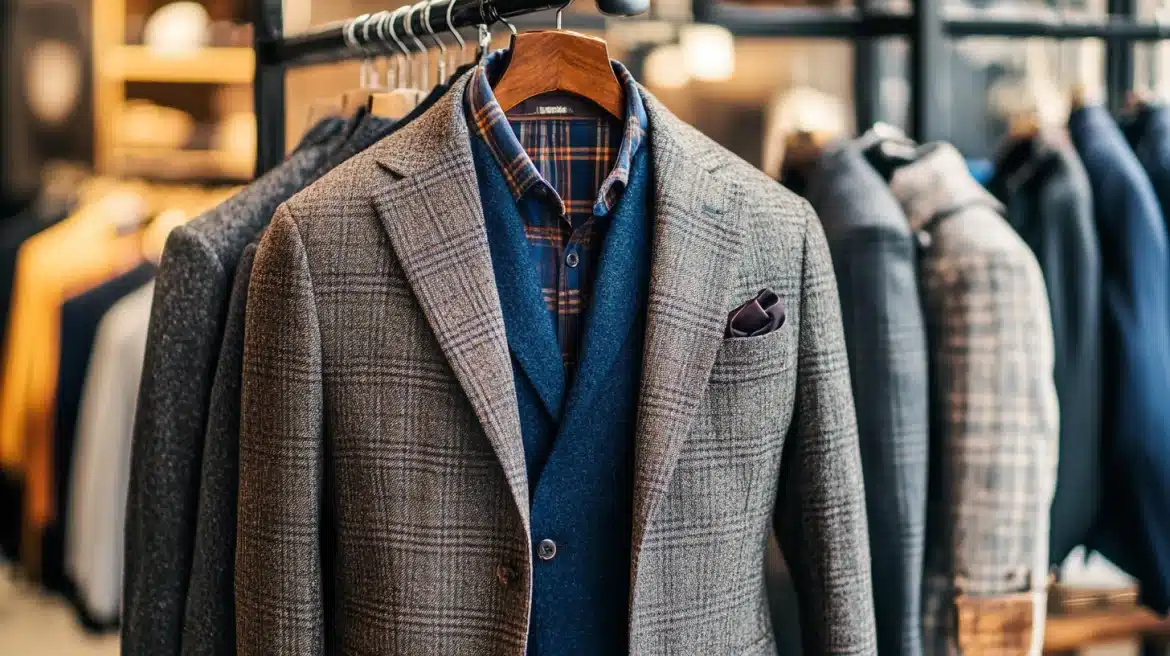Business casual attire strikes the perfect balance between formal and informal, providing a professional look while allowing for personal expression. Here’s a guide to help you master the art of business casual dressing.
Understanding Business Casual
Business casual is often defined by a dress code that’s less formal than traditional business wear but still polished and appropriate for a professional setting. It typically involves a blend of professional and relaxed clothing, aiming for a smart yet comfortable look. The key is to appear well-groomed and put-together without the rigidity of a full suit.
Essential Pieces for Business Casual
1. Shirts
Opt for collared shirts such as button-downs or polos. Solid colors, subtle patterns, and light to medium shades work best. Avoid overly bright or flashy designs, as they can detract from a polished appearance. For a more refined look, stick to dress shirts in neutral colors like white, light blue, or grey.
2. Trousers and Chinos
Trousers and chinos are ideal for business casual wear. Choose well-fitted, tailored pants in classic colors such as navy, grey, or khaki. Ensure they are comfortable yet maintain a structured shape. Avoid jeans or overly casual pants, as they can undermine the professional tone.
3. Blazers and Jackets
A blazer can elevate your business casual outfit. Opt for a well-fitted blazer in versatile colors like navy or grey. It adds a touch of formality without being as stiff as a full-suit jacket. A sports coat can also work, especially in less formal settings.
4. Footwear
Shoes play a crucial role in business casual attire. Opt for business casual men’s shoes like leather loafers, brogues, or desert boots, which are excellent choices. Stick to classic colors like brown or black, and avoid sneakers or overly casual footwear, as they can diminish the professionalism of your outfit.
5. Accessories
Accessories should be minimal but impactful. A classic belt that matches your shoes is essential. A wristwatch or simple cufflinks can add a touch of sophistication without being too flashy. Avoid excessive jewelry or accessories that could detract from the overall look.
Creating a Cohesive Look
1. Fit is Key
Proper fit is crucial in business casual attire. Clothing should be well-tailored to your body shape. Avoid overly tight or loose garments, as they can appear unprofessional. A good fit enhances your appearance and ensures you feel comfortable throughout the day.
2. Color Coordination
Stick to a coordinated color scheme to maintain a polished look. Neutral colors like grey, navy, and beige are versatile and easy to mix and match. Use subtle patterns and textures to add interest without overwhelming your outfit.
3. Grooming
Good grooming complements your business casual attire. Ensure your hair is neatly trimmed and facial hair is well-maintained. Pay attention to your personal hygiene, as it enhances your overall appearance.
Adapting to Different Settings
Business casual can vary depending on the industry and company culture. In more conservative fields, err on the side of formality by wearing a blazer and dress shoes. In creative or tech environments, you might have more flexibility with your attire but still maintain a neat, professional appearance.
Conclusion
Mastering business casual dressing involves finding the right balance between professionalism and comfort. By choosing well-fitted, appropriate clothing and paying attention to details, you can project a polished image while enjoying the relaxed nature of business casual attire.

